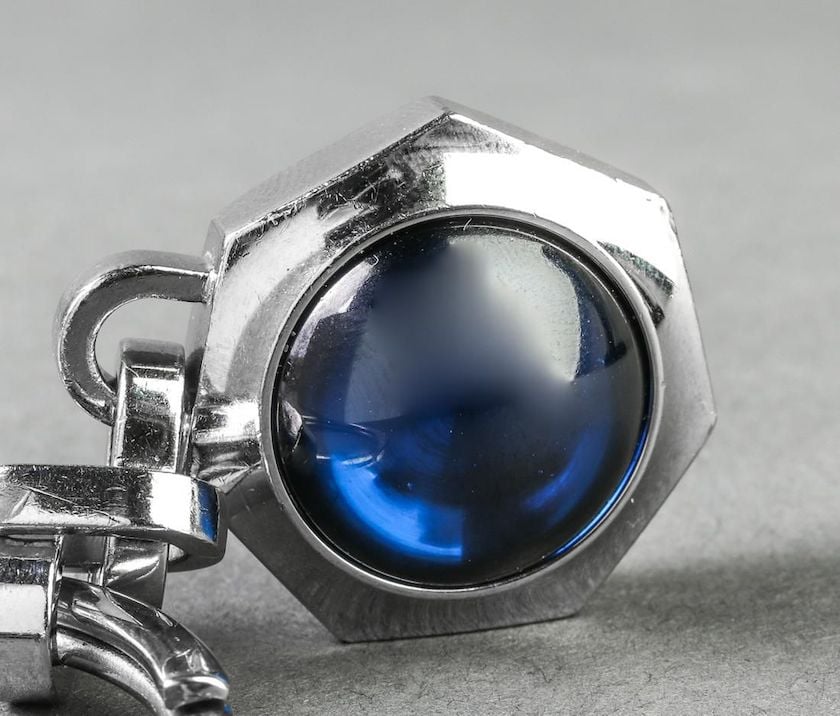Identifying Synthetic Spinel
Synthetic spinel is a widely used jewelry stone. Learn how gemologists can identify lab-made flame-fusion, flux, and Czochralski spinels.
11 Minute Read
How is Synthetic Spinel Made?
Currently, manufacturers mainly use two methods to grow synthetic spinel: flame fusion and flux. Although flux-grown spinels were accidentally created as early as the mid-19th century, according to Muhlmeister et al., they were not commercially significant as gemstones until the early 1990s. In contrast, flame-fusion spinels have been marketed as faceted gems since the 1920s. (81)
Flame-Fusion Spinel
The flame-fusion procedure, also known as the Verneuil method, involves dropping the powdered form of the constituent elements through a flame, which causes them to melt. This now fluid mixture falls on a pedestal. As this pedestal rotates, the gem solidifies in layers.
Flux Spinel
In the flux procedure, a hot flux material dissolves the elements needed for spinel into a solution. As this solution cools, it crystallizes. First identified on the gem market in the 1990s, flux-grown spinels require significantly longer growth times — and cost more — than their flame-fusion counterparts.
Czochralski Spinel
Spinels grown via the Czochralski or pulled process (a procedure similar to flame fusion) have also been documented. (See Saeseaw, Wang, and Scarratt and Segura and Lulzac).
Are Flame-Fusion Spinels True Synthetics?
There has been some discussion in
…
International Gem Society
Related Articles
Spinel Gem, Price, and Jewelry Information
Spinel Treatments and Enhancements
Buying Gemstones in Afghanistan: A Beginner’s Guide
Faceted Gemstones And Light Return Measurements
Latest Articles
Quartz Toxicity: Understanding the Risks for Jewelers and Wearers
Synthetic Amethyst: What is it and How is it Made?
Hambergite Value, Price, and Jewelry Information
Pearl Simulants: How to Spot Faux Pearls
Never Stop Learning
When you join the IGS community, you get trusted diamond & gemstone information when you need it.
Get Gemology Insights
Get started with the International Gem Society’s free guide to gemstone identification. Join our weekly newsletter & get a free copy of the Gem ID Checklist!
